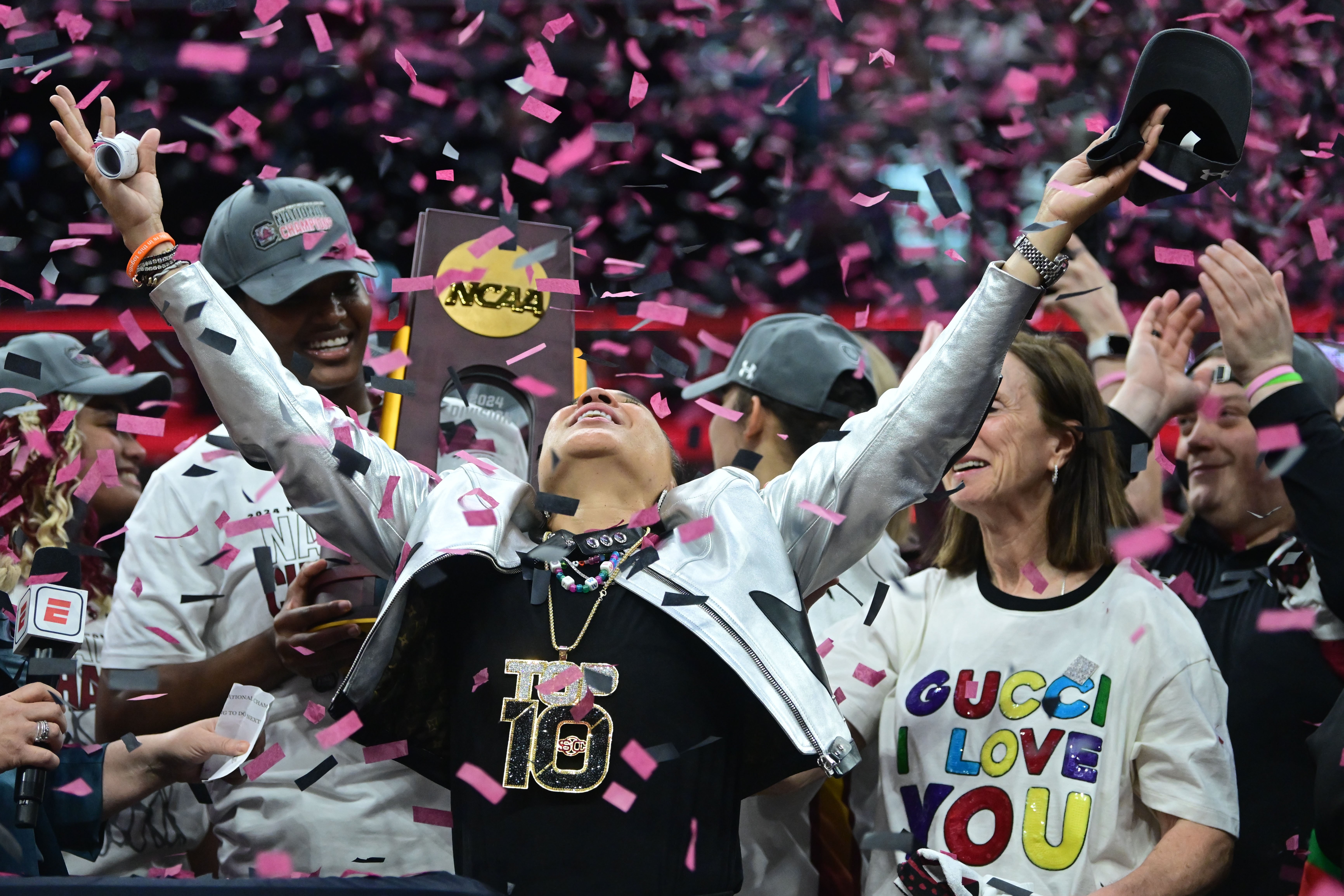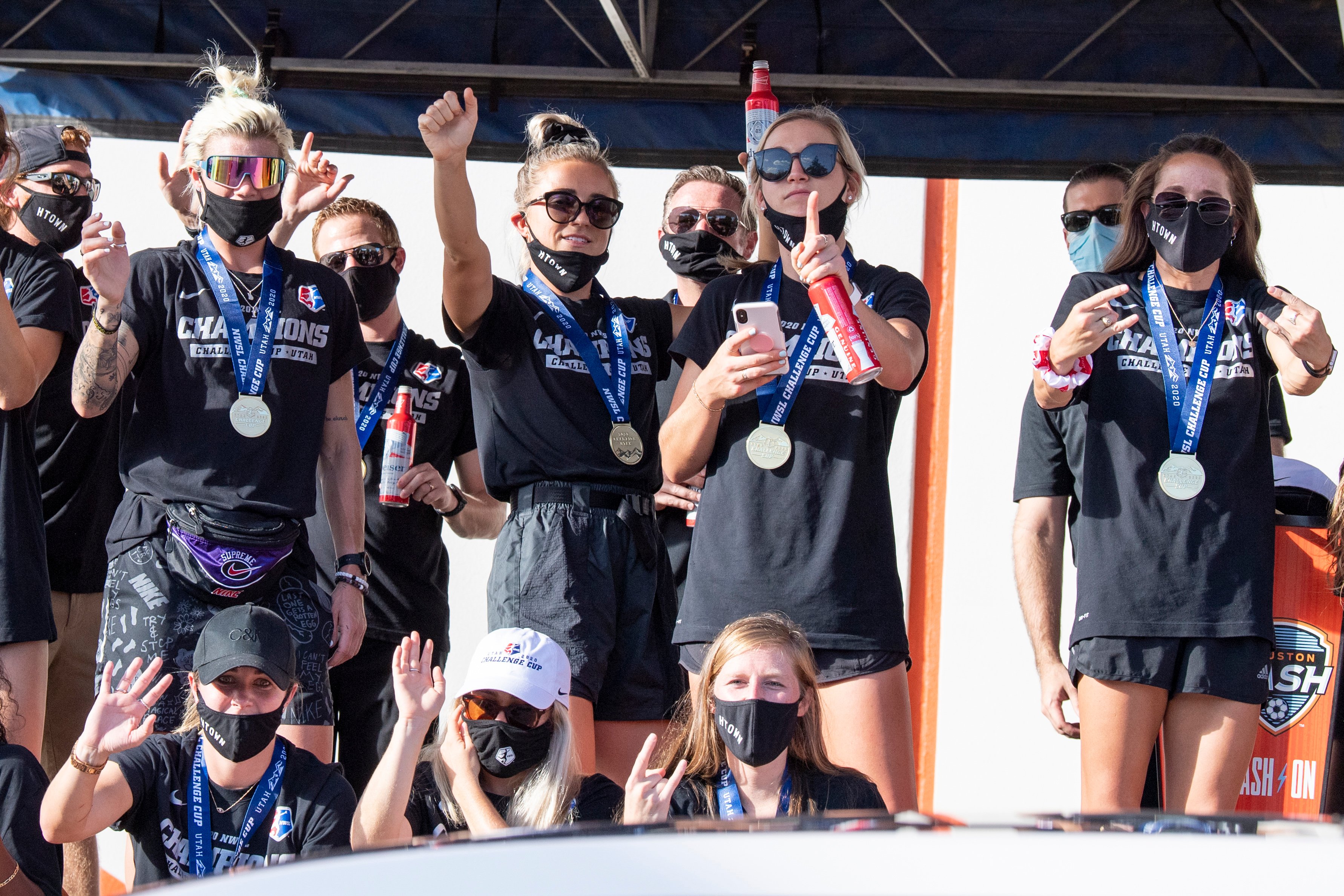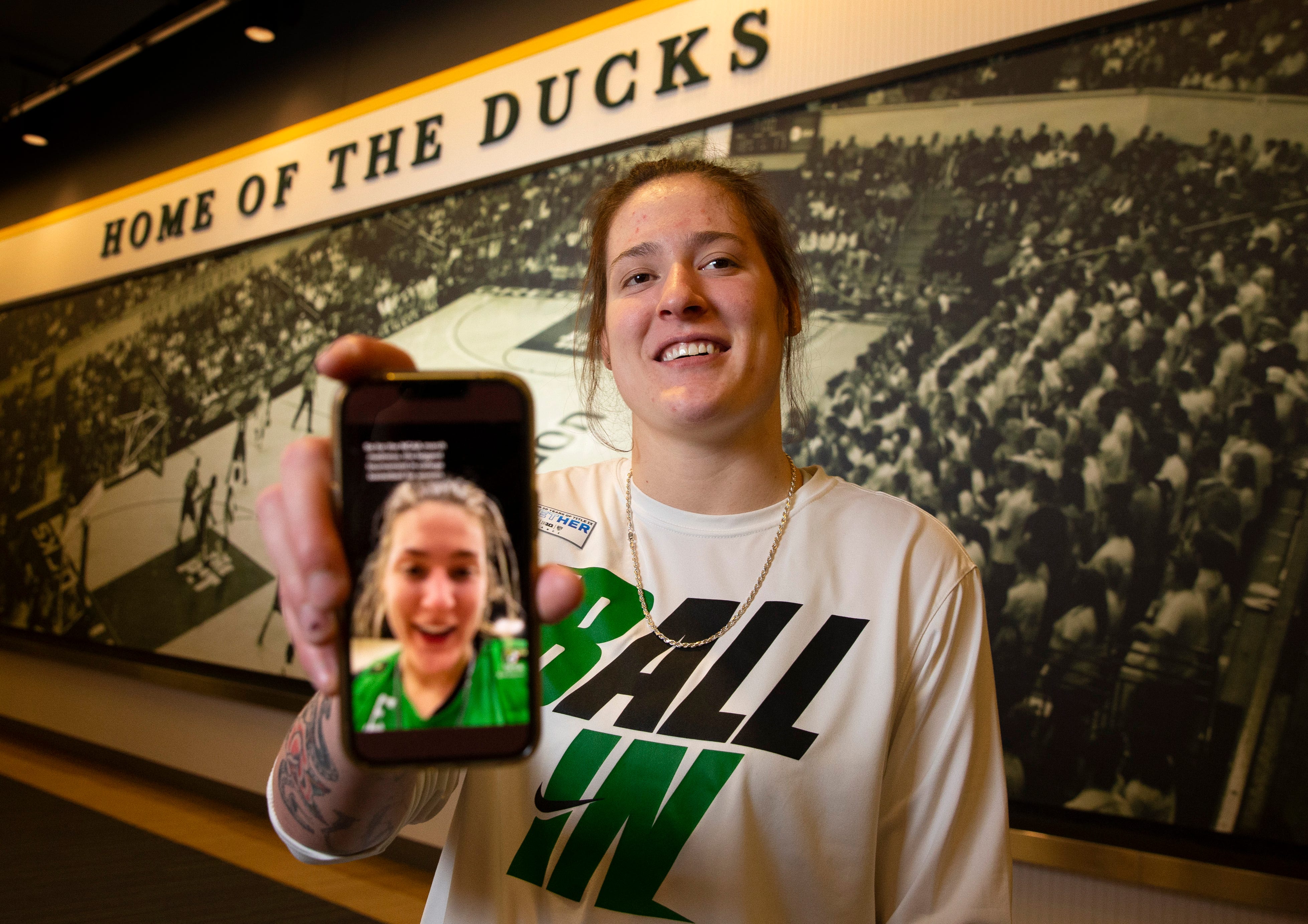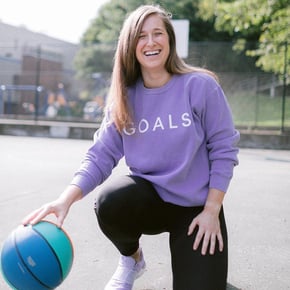How the women’s sports ecosystem has shifted to allow today’s stars to shine brighter than ever.

South Carolina Gamecocks head coach Dawn Staley reacts during the trophy presentation after defeating the Iowa Hawkeyes in the finals of the Final Four of the womens 2024 NCAA Tournament at Rocket Mortgage FieldHouse. Source: © Ken Blaze-USA TODAY Sports
We’ve been hearing it nonstop recently: women’s basketball is at a “tipping point”— and I couldn’t agree more. This year’s March Madness tournament was particularly transcendent for the game, as the business results around the women’s tournament hit new highs. (Hello, 18.7 million viewers for the National Championship! 👏) At first glance, it’s easy to attribute the overall bump in interest directly to today’s women’s basketball stars, like Caitlin Clark, Angel Reese, Kamilla Cardoso, JuJu Watkins, and Paige Bueckers. Clark especially has received the lion’s share of media coverage this year, with many deeming her a once-in-a-generation player that some have gone so far as to say is the sole reason for why women’s basketball fandom is rising like it is.
Now don’t get me wrong: I also think that Caitlin Clark is a “once-in-a-generation player” and that her glass-shattering performances and contributions have moved the needle for women’s basketball in ways that we’ve never seen before. BUT, it’s important to understand why it’s been possible for today's stars like Clark, Reese, Cardoso, Watkins and Bueckers to shine so brightly - because I don’t believe it would have been possible before this year. (If you recall, the women’s tournament wasn’t even permitted to use the ‘March Madness’ branding until 2022...) There is an undeniable shift that has taken place from 2020 to now that has essentially “loosened the lid of the pickle jar” and created an environment for women’s basketball to flourish. The transformation of the women’s sports industry that has taken place from 2020 to now has allowed for today’s WBB stars to shine so brightly—so let’s talk about some of the ways that the ecosystem has shifted to help women’s basketball to eclipse all expectations:
1. The Global Pandemic + Increased Media Coverage. The global pandemic undeniably had devastating and lasting effects on life as we know it. Throughout that prolonged turmoil, we often turned to entertainment for a reprieve — and many found it in the form of women's sports. Back in 2020 when the world shut down because of COVID-19, sports stopped with it. However, professional women’s sports leagues like the NWSL and WNBA were among the first pro leagues to return to play and find solutions for keeping athletes safe by competing within “bubbles.”
Since so many major sporting events were postponed or canceled, sports broadcasters turned their attention to “alternative” content (like women’s sports) that was actually available. This shift in focus led to more airtime and exposure for women’s sporting events than ever before—which made women’s sports more accessible to fans than ever before.

Houston Dash wave to fans during a Houston Dash Victory Drive-Thru Celebration after winning the 2020 NWSL Challenge Cup. Source: © Maria Lysaker-USA TODAY Sports
And once networks realized that big viewership was possible for women’s sports, coverage continued to grow. The changes that our world made to adapt to a global pandemic inadvertently served as a catalyst for the growth of women's sports, with the biggest outcome being an increase in media coverage.
2. The 50th Anniversary of Title IX. 2022 marked 50 years of Title IX, the landmark federal law that has radically changed the educational and athletic landscape in the United States. Today, there is significant evidence to demonstrate the positive impact that this legislation has had on millions of women and girls in the U.S. — particularly when it comes to participation in athletics. According to the Women’s Sports Foundation’s “50 Years of Title IX” report, female participation in high school sports rose from 294,015 in the 1971-72 school year to 3.4 million in 2018-19. Female participation in sports at the collegiate level schools rose from 29,977 in 1971-72 to 215,486 in 2020-21 among NCAA schools.
When we hit the 50th anniversary of Title IX in 2022, it marked an important moment because for the first time in history, we had five generations of women and girls who have not only had the opportunity to play sports, but have also had the chance to see women compete in sports at the highest levels. We also now have women who have played sports holding decision making positions at influential businesses within the sports landscape: controlling key decisions around broadcasting, media rights, sponsorship deals, league governance, and more. The establishment of Title IX led to more women than ever experiencing the power of sports, and as a result, we have more women who are impacting change in sports as fans, on the field, and in front offices.
3. The Viral NCAA Weight Room Photos & TikTok Video. Finally, let’s talk about the pictures of the NCAA basketball weight rooms that went viral in 2021. If you aren’t familiar with story, Ali Kershner (who was Stanford WBB’s Strength & Conditioning Coach) and Sedona Prince (who was a player at Oregon) took to social media to expose the stark differences between the weight rooms that were provided by the NCAA for the men's and women's basketball tournaments. Prince’s TikTok went particularly viral, sparking widespread outrage and bringing attention to not only the differences in the weight rooms, but the longstanding disparities in resources and support for women athletes.

Oregon's Sedona Prince has used her position on the Duck basketball team and her social media accounts to draw attention to inequity between women and men's athletics. Source: © Chris Pietsch/The Register-Guard / USA TODAY NETWORK
This moment was significant for several reasons. First of all, the viral TikTok demonstrated the power of social media in amplifying important issues and giving a platform to marginalized voices in sports.
Social media has been such a powerful tool in the women’s sports movement because it has allowed creators to step around gatekeepers in sports coverage and has democratized the creation and dissemination of content. It has allowed for independent women’s sports media companies, athletes, and creators to serve content directly to fans without having to run it through the traditional media companies who still fail to give women’s sports a fair share of coverage.
In the case of the weight rooms, social media served as a powerful whistleblowing toll because it allowed Prince's observations to go viral and make the masses aware of something that would otherwise go unnoticed.
Second, because these photos & TikTok went viral, new light was shed on the systemic inequalities that female athletes face—not just in college sports but across the entire sports landscape. It sparked important conversations about gender equality in sports, and in the case of college basketball, it led directly to a third-party review of gender equity within the NCAA. The NCAA's external review on gender equity highlighted staggering systemic inequity between men's and women's athletics—specifically in Division I basketball—and provided recommendations (many of which the NCAA has now taken) on how to close the massive gender gaps that the NCAA systematically created. (One of which was allowing the women’s D1 basketball tournament to utilize the iconic “March Madness” branding.)
Now let me be crystal clear - there are LOTS of reasons why women’s basketball is now the hottest ticket in college sports - literally.
There are so many factors and so many amazing leaders, journalists, scholars, coaches, players and fans who have worked tirelessly for decades to get us to this point.

Iowa Hawkeyes guard Caitlin Clark (22) walks off the court after the game against the South Carolina Gamecocks in the finals of the Final Four of the Women's 2024 NCAA Tournament. Source: © Ken Blaze-USA TODAY Sports
What is special about this exact moment in time though, is that so many things have lined up perfectly to create an ideal ecosystem for women’s basketball to thrive. And now, the light of women’s basketball is burning brighter than ever.
About Caroline Fitzgerald
Caroline Fitzgerald (she/her) is a contributing writer for Parity and the CEO & Founder of GOALS - a women's sports marketing consultancy & media platform. Caroline launched GOALS in 2020 after recognizing that there was an opportunity to help brands, networks and fans see the social and economic value that can come from investing in women's sports. GOALS also produces the leading women's sports business podcast - 🎙️The Business Case for Women's Sports, which is presented by Ally. For more information on GOALS, visit https://goals-sports.com or follow on Instagram, LinkedIn, Facebook, X (formerly Twitter) and Threads.
About Parity
Minority-founded in 2020, Parity's mission is to close the gender income and opportunity gap in professional sports. By developing high-impact collaborations between brands, professional women athletes and their fans, Parity has proudly put more than $3.5 million in the pockets of women athletes, attracting dozens of brands to the movement in the process. The platform offers connections to more than 1000 women athletes from 80+ sports, including well over 200 Olympians and Paralympians. For more information on how to tap into the rapidly rising influence and popularity of women athletes, visit https://paritynow.co or follow us on Instagram, LinkedIn, Facebook, X (formerly Twitter) and Threads.




-1.png?width=600&name=What%20womens%20sports%20marketing%20campaign%20should%20you%20run%20in%202026%20(1)-1.png)